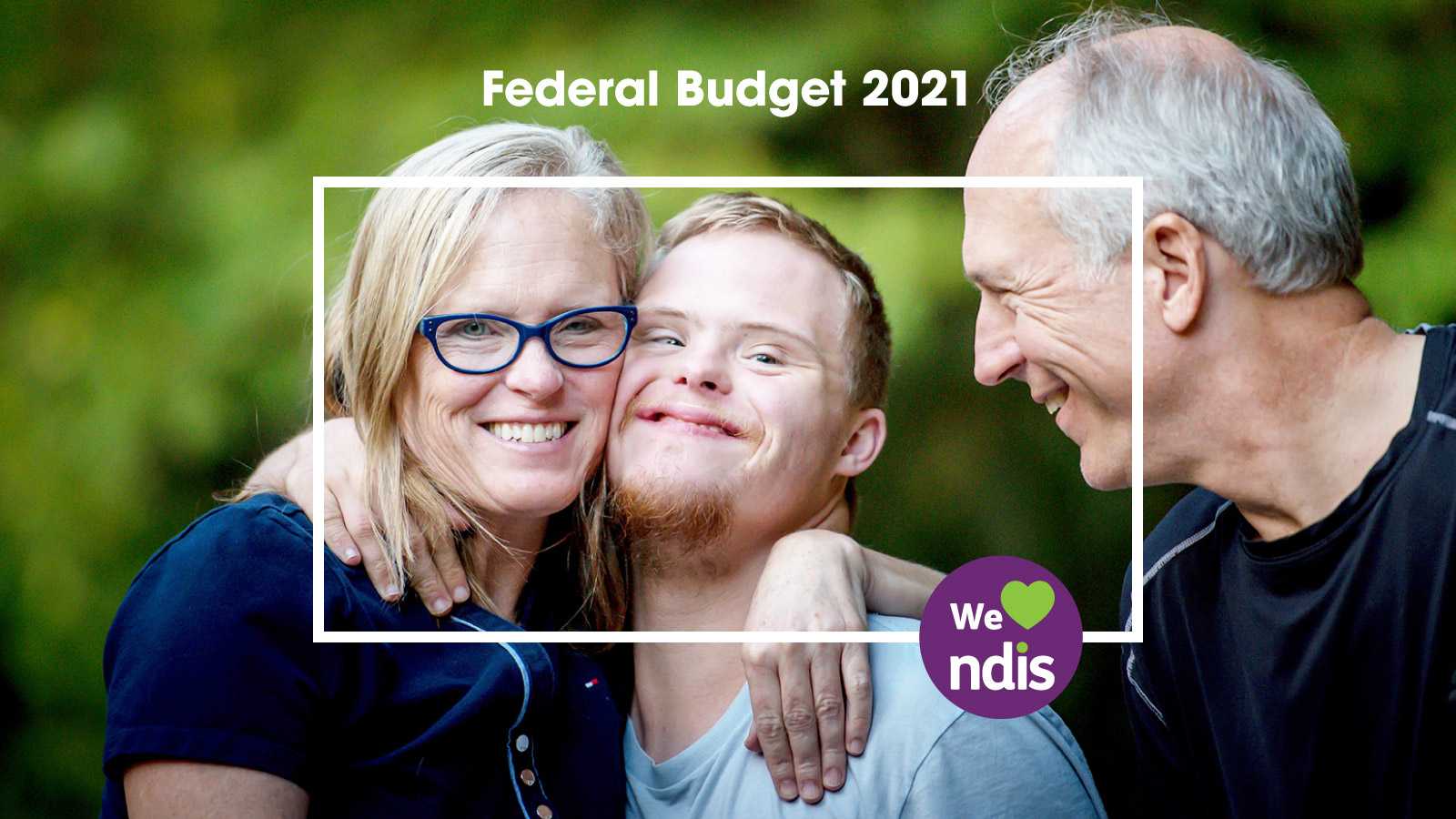The federal government has just unveiled its 2021 - 2022 budget, and it was heavily centred around Australia’s recovery plan from a difficult year. While there are many things to unpack, one sector stands out in receiving funding - the elderly and vulnerable Australian population. So what does this mean for NDIS service providers? We take a detailed look.

